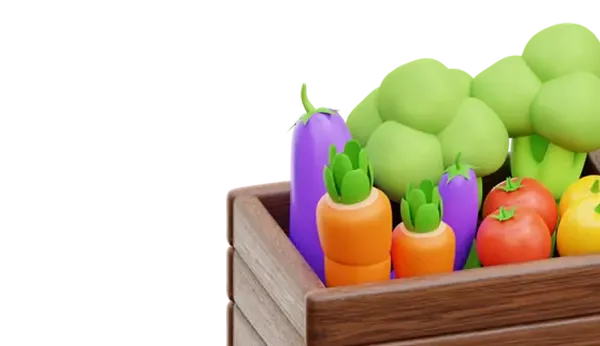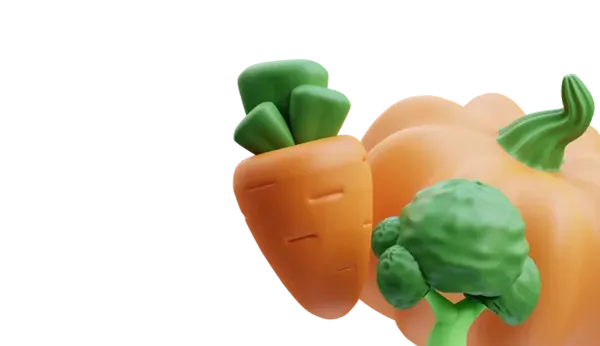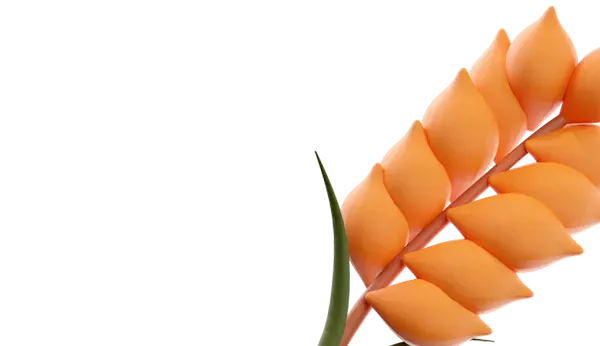Lands taken out of cultivation for growing oil crops in Russia in the 2025/26 season are likely to reach a historical maximum and exceed 20 million hectares, with the harvested crop exceeding 31-32 million tons. Such forecasts were announced by Dmitry Rylko, the director of the Institute for Agricultural Market Conditions (IKAR), at a seminar organized by "De Heus," a company specializing in the production of feed for agricultural animals and poultry. A year earlier, the sown areas under oil crops amounted to 18.9 million hectares, and the harvested crop, according to the estimates of the Russian Ministry of Agriculture, reached 30 million tons.
The expert emphasized that producers are adjusting their activities to cultivate sunflower, rapeseed, and leguminous crops in hopes of maintaining the profitability of their business. At the same time, farmers are reducing the sown areas allocated for wheat – the most common grain crop in the country, as well as rye, which was previously in high demand.
According to IKAR, the volume of oilseeds processing in the country by the year 2025 will reach about 35 million tons of raw materials per year. An increase in processing capacities by an additional 4-6 million tons is expected within three years.
The interest of agrarians in cultivating oil crops and increasing the production of oilseed meals (a product of oilseed processing) will have a positive impact on the availability of feed for poultry and livestock farming, noted Dmitry Rylko. He pointed out that the increase in the supply of soybean, sunflower, and rapeseed meals will help stabilize prices for grain crops, which are the basis of animal feed. He also added that today, pricing for grain feeds increasingly depends on export routes and logistics between regions, especially considering the distance between the European part of Russia and Siberia.
According to industry estimates, feed costs account for up to 70% of poultry meat production costs. In the face of raw material price fluctuations, feed producers are focusing on production efficiency, nutritional value, and feed safety.
Customizing diets adapted to the specific conditions of individual farms helps save costs in the face of increasing oilseed production and reduced grain sown areas, as well as improve feed digestibility by animals, which contributes to increased production efficiency.
According to OleoScope, exports of oilseed meals decreased by 10% from the beginning of this year until June, reaching 1.65 million tons compared to the previous reporting period. However, rapeseed meal volumes increased by 85% (to 329 thousand tons), while soybean meal volumes decreased by 52%, totaling 221 thousand tons.















